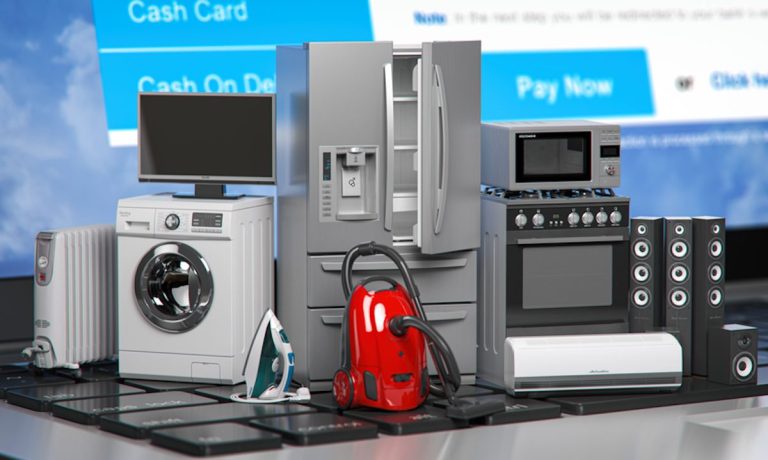Durable Goods Report Shows Consumer Spending Holding Up Under Strain

Durable goods are proving … well, durable.
Even with inflation running red hot.
And that means that businesses anticipate the consumers are going to keep their wallets (and digital wallets!) open.
At least for the time being.
As data from the U.S. Census Bureau, released on Monday (June 27) show, new orders for capital goods — tied in part to the machines, the computers, the metals and other items that wind up being part of (or part of the ordering of) the finished goods that wind up on our shelves, were up 50 basis points in May.
That’s a pickup from the 30 basis-point pace set in April.
The data reflect, at least indirectly, what might be termed a sanguine attitude toward consumers’ ability to keep spending. The orders for manufactured durable goods surged by 70 basis points, to $267.2 billion — and that metric has increased in 12 of the last 13 months.
It must be noted that computers and related electronic products new shipments gained 30 basis points in the month, and the non-defense capital goods includes everything from industrial to vending to other equipment, and so this is part of the plant and property that tends to be used, or housed, on site by businesses large and small.
Including the smaller companies that are part and parcel of the Main Street economy, the enterprises that power employment and, by extension, the economy at large.
As PYMNTS data found earlier this year, growth has returned to pre-pandemic levels, where our Index score as recently as April was 19% above the second quarter of 2020. Nearly two-thirds of Main Street businesses predicting sales growth despite exogenous, macro-level pressures, including inflation.
Read also: Data Point: Indexing 19% Above the 2020 Crater, Main Street SMBs Roar Back in Q1 2022
Now, ordering equipment, installing it, using it … none of this takes place with lightning speed. The capital investment is significant. Expanding or updating equipment and operations also signals that employee rosters will remain healthy (and might even expand).
Taking the Longer Term View
Doing all of this demands a longer term horizon, or view of end user demand, than might be gleaned from the month-to-month consumer spending and sentiment data. As reported earlier this month, retail sales unexpectedly fell 0.3% in May from a downwardly revised 0.7% pace in April, extending a four-month slowdown. As for those durable goods, furniture and home furnishing declined 0.9% and electronics and appliance stores dropped 1.3% from where they were in April.
The manufacturers seem upbeat, at least if May’s data are any indication — and whether that optimism is warranted or misplaced remains to be seen.
Read also: Retail Sales Turn Negative, Reflect Broad-Based Consumer Caution

